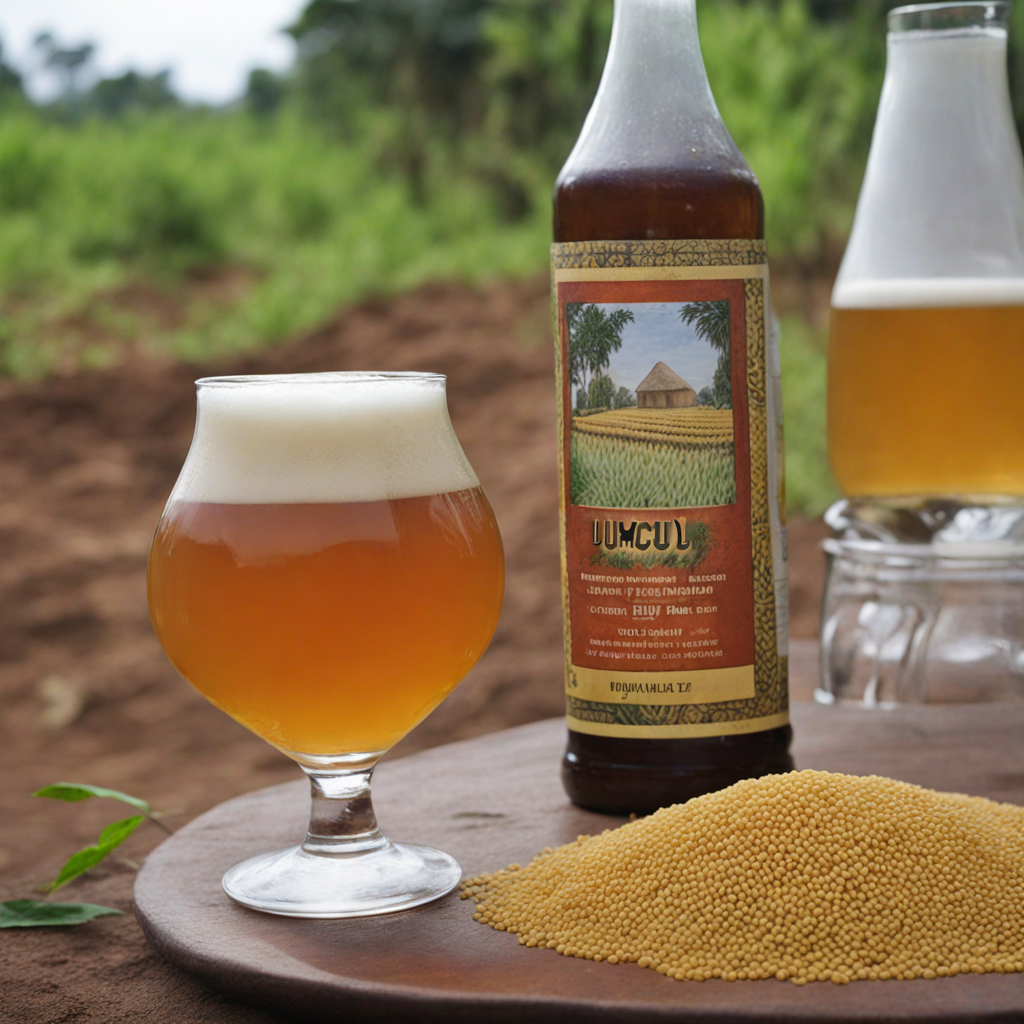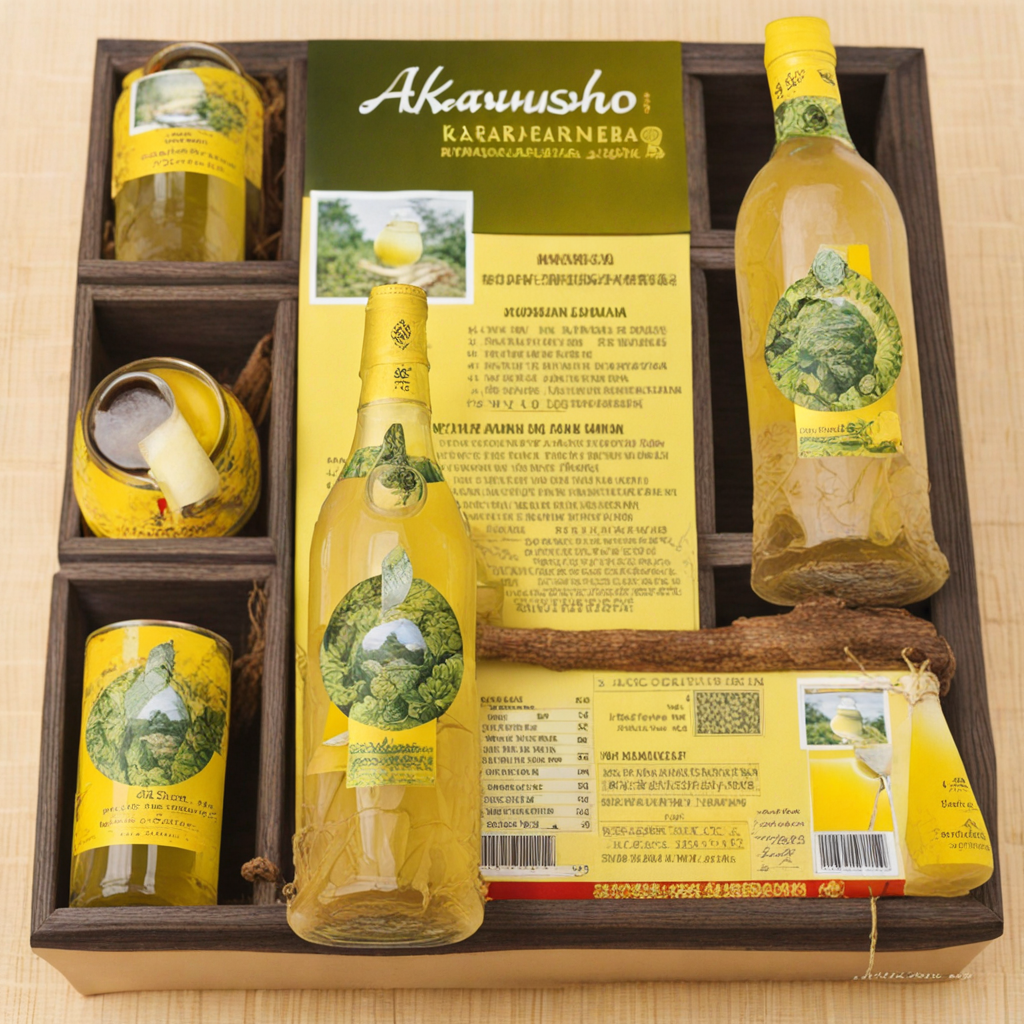Umucu
Umucu is a traditional Rwandan dish that showcases the country's rich agricultural heritage and culinary traditions. This unique dish is primarily made from fermented cassava, which is a staple crop in Rwanda. The process of fermentation not only enhances the flavors but also adds a tangy complexity to the dish, making it a delightful experience for the palate. The cassava is typically prepared into a thick porridge-like consistency, offering a comforting and hearty base that can be enjoyed with various accompaniments. To elevate the taste of Umucu, it is often served with a variety of flavorful sides such as spicy stews, grilled meats, or sautéed vegetables. The combination of the tangy Umucu with savory sauces creates a harmonious blend of flavors that is both satisfying and nourishing. Additionally, Rwandan cuisine often incorporates fresh herbs and local spices, which further enhance the overall taste profile and provide a burst of freshness with each bite. The dish is not only a testament to the ingenuity of Rwandan cooks but also a celebration of communal dining, as it is frequently enjoyed in gatherings and family meals. What makes Umucu particularly special is its cultural significance and the stories that accompany its preparation. Each family may have its own variations and secrets, passed down through generations, ensuring that every serving carries with it a sense of history and identity. Discovering Umucu is not just about tasting a new dish; it is an invitation to explore the heart of Rwandan culture and the flavors that define its culinary landscape. This dish is a perfect entry point for anyone looking to expand their horizons and experience the vibrant tastes of East Africa.
How It Became This Dish
The History of Umucu: A Culinary Treasure of Rwanda #### Origins Umucu, often referred to as "the mother of all dishes" in some Rwandan communities, is a traditional food that reflects the rich agricultural heritage and cultural practices of the Rwandan people. Its origins can be traced back to the early agricultural societies that flourished in the region, as they cultivated various crops such as beans, maize, and sorghum. The name "Umucu" itself derives from the Kinyarwanda word for "to mix," which perfectly encapsulates the essence of this dish—an amalgamation of local ingredients that showcases the agricultural bounty of Rwanda. Historically, Umucu was a staple food among the Bantu-speaking communities in Rwanda. The dish was prepared during communal gatherings and significant life events, such as weddings, funerals, and harvest celebrations, symbolizing unity and togetherness. Its preparation was often a communal activity, where families and neighbors would come together, creating not just a meal but also strengthening social bonds. #### Ingredients and Preparation Umucu is primarily made from a mixture of grains and legumes, with the most common base being a combination of maize flour and beans. The dish is sometimes enriched with other ingredients such as sweet potatoes, pumpkins, and seasonal vegetables, depending on availability and local customs. The preparation process is labor-intensive, requiring meticulous care and traditional techniques that have been passed down through generations. The grains are typically soaked and ground, often using traditional stone grinders, before being cooked in large pots over an open flame. The cooking process can take several hours, and the final product is a thick, porridge-like consistency that is both hearty and nutritious. Some families add spices or local herbs to enhance the flavor, while others prefer to keep it simple, allowing the natural tastes of the ingredients to shine through. #### Cultural Significance Umucu holds profound cultural significance in Rwandan society. It is more than just a meal; it embodies the values of hospitality and community. Sharing Umucu with guests is a sign of respect and warmth, emphasizing the importance of togetherness in Rwandan culture. During communal gatherings, serving Umucu often signifies the host's generosity and willingness to share their harvest with others. In addition to its social implications, Umucu also plays a role in the spiritual and cultural identity of the Rwandan people. It is often featured in traditional storytelling, songs, and dances, serving as a symbol of the land's fertility and the sustenance it provides. This connection between food and culture is particularly important in a country where agriculture is a primary livelihood, and Umucu represents the culmination of hard work, tradition, and community effort. #### Evolution Through Time As Rwanda has undergone significant changes throughout its history—political upheaval, economic shifts, and social transformation—so too has Umucu evolved. In the pre-colonial and colonial periods, the dish remained relatively unchanged, serving as a symbol of resilience and continuity amidst external influences. However, the genocide in 1994 marked a turning point for the nation and its culinary traditions, including Umucu. In the years following the genocide, efforts to rebuild the country also involved a revival of cultural practices, including traditional food. Organizations and NGOs began to recognize the importance of food in rebuilding community ties and fostering reconciliation among Rwandans. Umucu, with its deep roots in communal sharing, became a symbol of hope and renewal. Community kitchens and local markets started to incorporate Umucu into their offerings, making it accessible to a broader audience. In contemporary Rwanda, Umucu has also adapted to modern tastes and dietary preferences. With the rise of urbanization and globalization, some Rwandans have begun to experiment with the dish, incorporating new ingredients or fusion techniques while maintaining the essence of its traditional roots. Chefs in Kigali, the capital, have begun to elevate Umucu in fine dining settings, presenting it with a modern twist while still honoring its historical significance. #### Umucu in Modern Society Today, Umucu is not only a cherished traditional dish but also a source of national pride. It stands as a testament to Rwanda's agricultural heritage, reflecting the hard work and creativity of its people. The government has recognized traditional foods like Umucu as essential to promoting cultural tourism and enhancing the country's culinary reputation on the global stage. Culinary festivals and events celebrating Rwandan cuisine often feature Umucu prominently, showcasing its versatility and importance. These events provide opportunities for chefs and home cooks alike to share their unique interpretations of the dish, fostering a sense of community and cultural exchange. Moreover, in the context of health and nutrition, Umucu is increasingly recognized for its potential benefits. As awareness of food security and nutrition grows, Umucu's combination of grains and legumes positions it as a nutritious, sustainable meal option. It aligns with contemporary dietary trends emphasizing plant-based foods, sustainability, and local sourcing. #### Conclusion In conclusion, Umucu is a dish steeped in history, culture, and community. Its journey from a traditional staple to a symbol of resilience and renewal captures the essence of Rwanda's rich culinary heritage. As it evolves in the face of modern challenges and opportunities, Umucu continues to serve as a bridge between the past and the future, reminding Rwandans of their roots while embracing the possibilities of culinary innovation. Whether enjoyed at a communal gathering, a family meal, or in a modern restaurant, Umucu remains a cherished emblem of Rwandan identity, unity, and the enduring spirit of its people.
You may like
Discover local flavors from Rwanda







